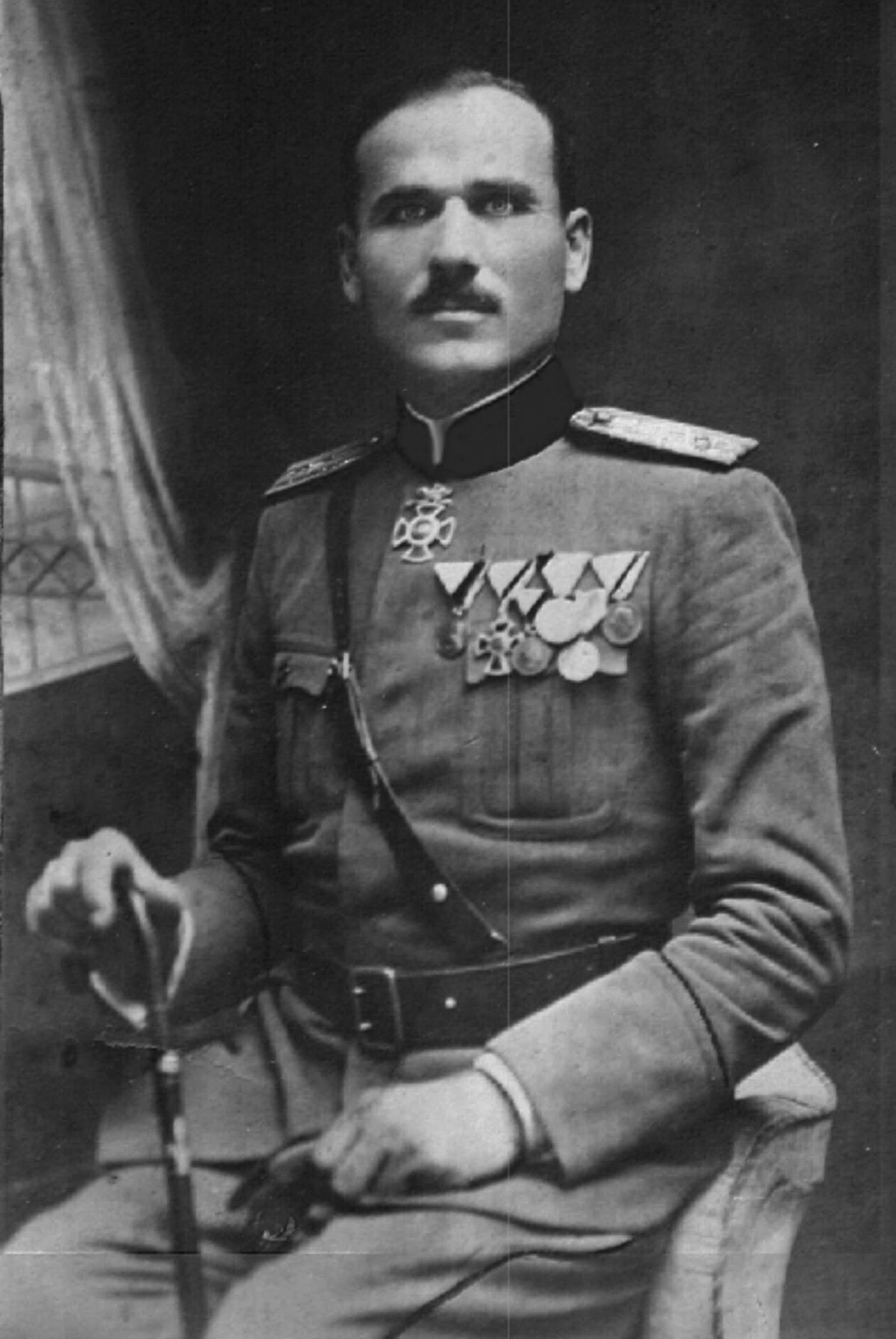
Christmas Uprising
Cetinje, MontenegroThe Christmas Uprising was a failed uprising in Montenegro led by the Greens in early January 1919. The military leader of the uprising was Krsto Popović and its political leader was Jovan Plamenac. The catalyst for the uprising was the decision of the controversial Great National Assembly of the Serb People in Montenegro, commonly known as the Podgorica Assembly. The assembly decided to directly unify the Kingdom of Montenegro with the Kingdom of Serbia, which would shortly after become the Kingdom of Yugoslavia. Following a questionable candidate selection process, the unionist Whites outnumbered the Greens, who were in favour of preserving Montenegrin statehood and unification in a confederal Yugoslavia.
The uprising reached a climax in Cetinje on 7 January 1919, which was the date of Eastern Orthodox Christmas. The unionists with support from the Serbian Army defeated the rebel Greens. In the aftermath of the uprising, the dethroned King Nikola of Montenegro was forced to issue a call for peace, since many homes were destroyed. As a result of the uprising, a number of participants complicit in the uprising were tried and imprisoned. Other participants in the uprising fled to the Kingdom of Italy, meanwhile some retreated to the mountains and continued guerrilla resistance under the banner of the Montenegrin Army in exile, which lasted until 1929. The most notable guerilla militia leader was Savo Raspopović.
